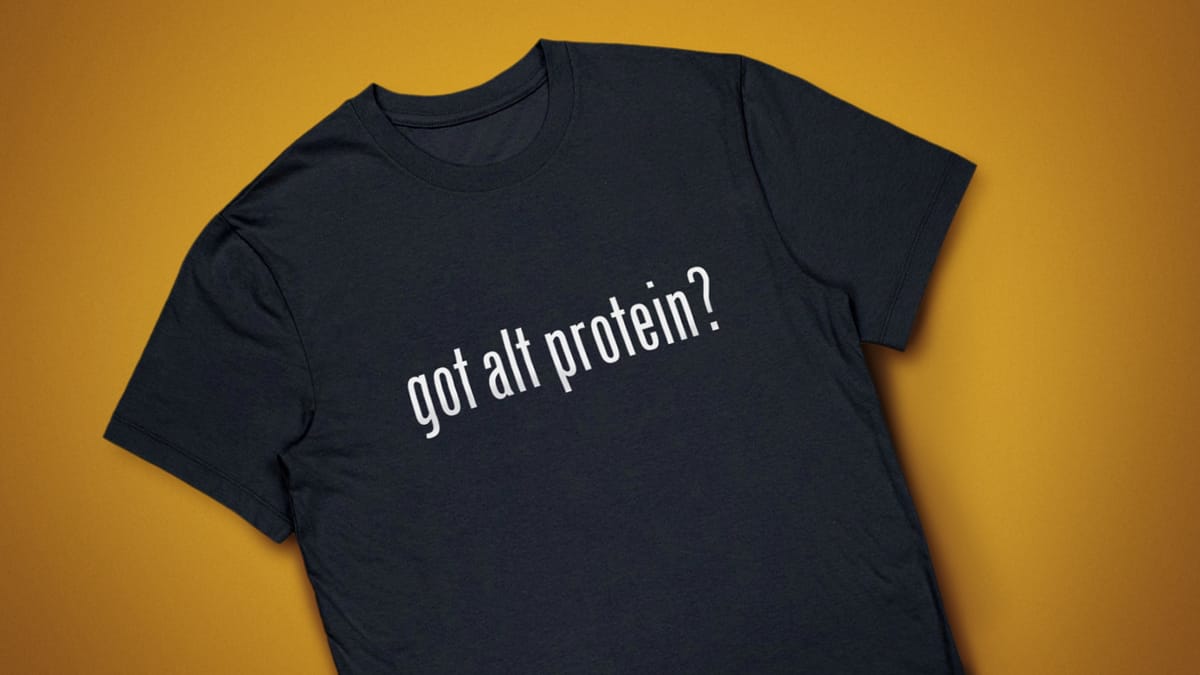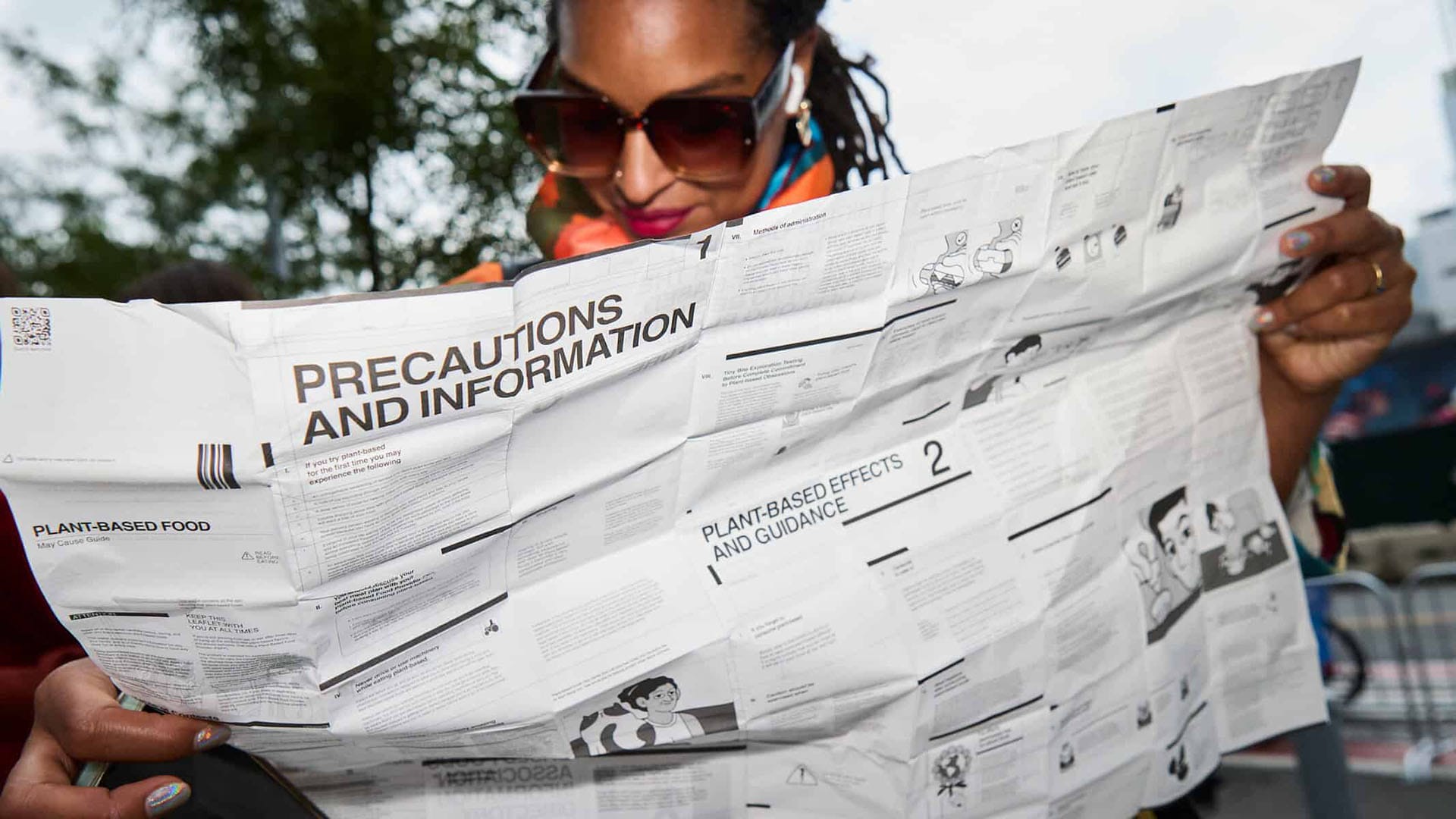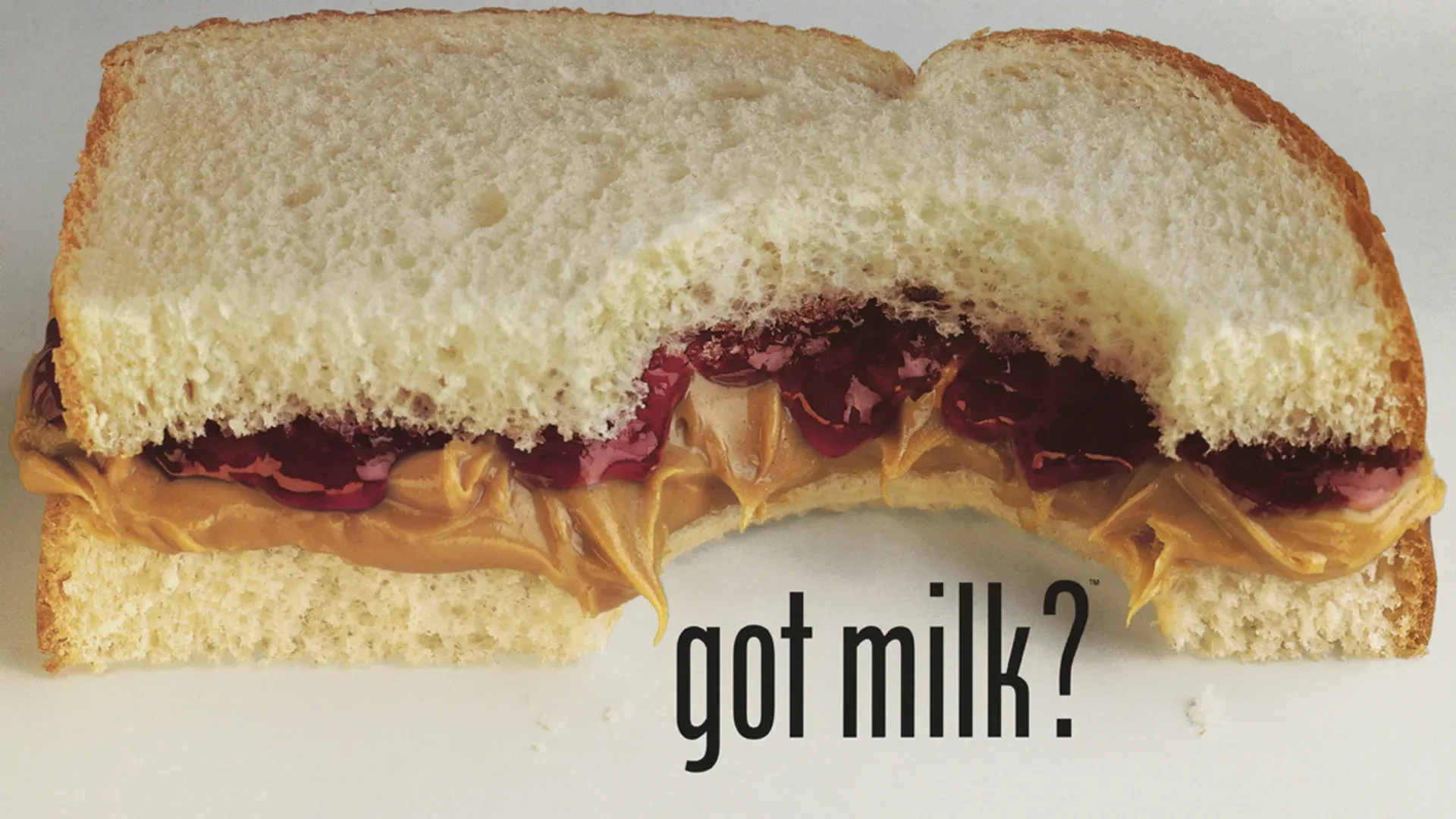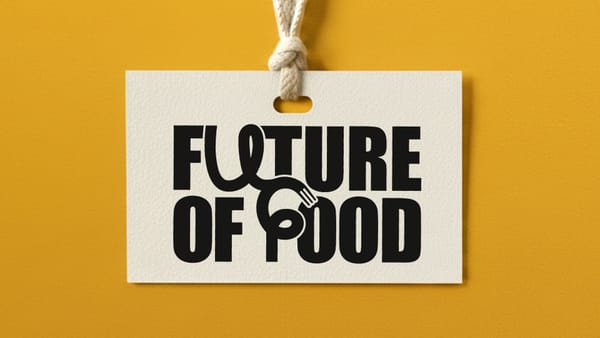UNSTUCK 018: PBFA’s Industry Campaign May Cause Complete Indifference
Why aiming for awards instead of consumers will fail to change behaviors

For over a year now, we’ve had the promise of a forthcoming plant-based industry campaign that brings together leading plant-based brands. The communications effort would help consumers consider, or re-think, eating plant-based in much the same way that the infamous “Got Milk?” campaign helped re-ignite its category in the early 1990s.
Two weeks ago, we got to see what brands like Impossible, Beyond Meat, NotCo and many more have been putting their energy into under the umbrella of the Plant Based Foods Association and its campaign launched at NYC Climate Week.

Confused? So are we.
Who is this meant to be for? What consumer is actually going to pay any attention to it? In a world of scrolling and short-attention spans using a 10,000-word black and white leaflet as the centerpiece of your campaign has nothing to hook you in.
For the few consumers who actually do give it their attention and try to work out, the campaign appears to be subverting the lengthy, small-print disclaimer leaflet that comes inside boxes of medicine you’ve picked up from the pharmacy (that equally few people bother to read). There’s nothing wrong with subversion to grab attention or create entertaining communications, but this campaign does neither. Even if it did, to be borrowing from pharmaceuticals, when alt-protein is already battling with being seen as ultra-processed, from the factory not the farm, is beyond an odd choice. It’s a downright ignorant one.
But they had a great agency …
AKQA, originally a digital hot shop, has produced memorable work over the years for the likes of Nike, Coca-Cola and XBox. It was acquired by WPP in 2012, and subsequently merged with the considerably less hot Grey Group. Its recently launched Bloom unit specifically targets “purpose-driven” projects, so the Plant Based Foods Association must have been over the moon to bring them on board probably on the basis of reduced fees or a pro-bono arrangement (we’re admittedly speculating here).
MAJOR WARNING INCOMING: beware the agency willing to work for free. Most agencies want to do two things: make money and win awards. If you’re not paying them, they are most likely in it to win awards. An added warning sign is any agency that bills itself as being “created by the world’s most awarded creative team”.
But you don’t need award-winning creative (however nice a night out at a black-tie awards dinner might be). You need effective creative that sells more of your brand or service. Of course they want to do a good job for you, but pro-bono work gives them greater freedom to do things the way they want to do it. Especially if you aren’t clear in the brief what you’re looking for.
Where’s the brief?
We’ve raised this question before. The brief is a distillation of your category and consumer understanding and the choices this has led you to make. They are hard to write and require solid insight and strategy, as well as some proper marketing training, to do them well.
In their most basic form, they need to answer three key questions:
- Who are you talking to (target)
- What do you want them to do (outcome)
- What do you offer them (positioning)
Let’s be clear: bad briefs aren’t an alt-protein industry problem. They are a marketing problem. Better Briefs was established a few years ago to highlight this and do something about it. Their 2021 global study found that 95% of marketers don’t provide strategic direction to their agencies and the majority of marketers and creative agencies agree.
The PBFA campaign feels like it was one of those 95% of cases. If there was indeed a brief for it at all it might have looked something like this:
- Get anyone and everyone
- To eat plant-based food
- By telling them every imaginable reason why plant-based is better than meat (except when it’s the same, like nuggets)
Where is the insight critical to understand the target opportunity and why they don’t eat plant-based or don’t eat it more regularly? Based on that understanding, how can you best position the category to them and what is a realistic outcome to achieve? Lacking insight, choicefulness and direction, who can blame the agency creatives for resorting to cuteness and winning awards rather than driving targeted behavior change.
Why “got milk?” got it

The best dissection of the iconic campaign remains Jon Steel’s Truth Lies & Advertising, which should be required reading for anyone dealing with communications campaigns. The book devotes an entire chapter to all the stars that aligned to make “got milk?” work.
To make a long story short, milk consumption in California was in decline and the standard playbook of having good looking people tell you all the ways that “milk does a body good” was no longer working. The brief from the client at the California Fluid Milk Processors Advisory Board was clear:
- Entice current milk drinkers
- To buy more milk
- By reminding them of foods that taste so good with milk, you can’t imagine eating them without it
That last insight of “_____ and milk” was crucial. The hypothesis was that milk on its own doesn’t create desire, but companion foods like cookies or cereal do create cravings that could only be satisfied together with milk.
As the team at the agency, Goodby, Silverstein & Partners, tested their ideas with consumers, they found that while the combination of food and milk was desirable, emotions really spiked when people ran out of milk at critical moments. For someone who takes milk in their coffee, opening the fridge in the morning to find there's no more milk can ruin their entire day. Thus was born the deprivation strategy of combining complementary foods and no milk, made famous by the Aaron Burr launch spot and countless executions and parodies that have become part of pop culture over the past 25 years.
Sustainable food deserves at least as much rigor and insight in communications meant to take it mainstream. After all, so much more is at stake.






